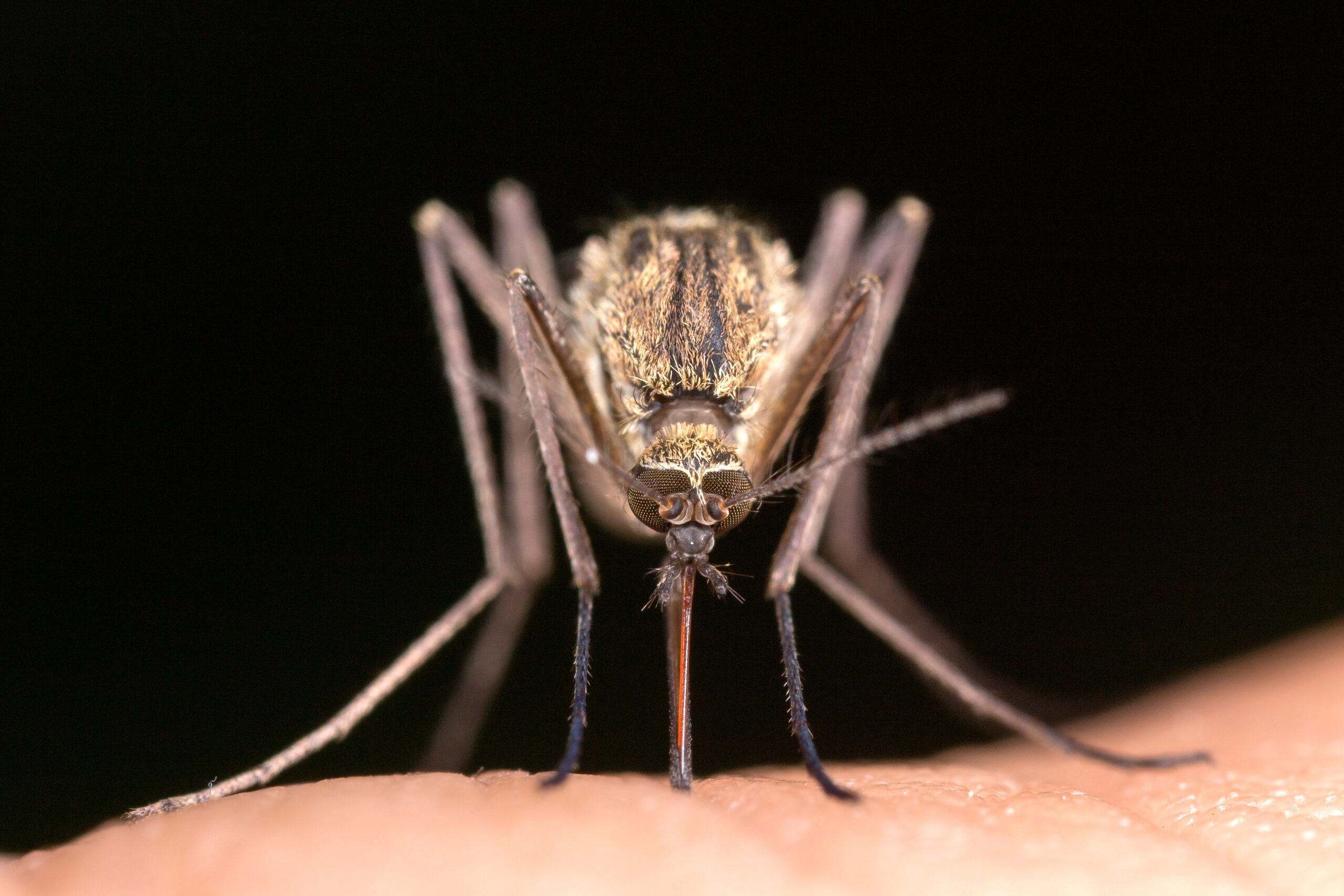Introduction:
Infectious diseases, a persistent challenge throughout human history, manifest in diverse forms, each presenting unique characteristics and challenges. This article delves into two prevalent infectious diseases, HIV/AIDS and malaria, shedding light on their distinct natures, transmission patterns, and the ongoing efforts to combat them.
Understanding HIV/AIDS:
Human Immunodeficiency Virus (HIV), the virus that causes Acquired Immunodeficiency Syndrome (AIDS), targets the immune system, progressively weakening the body’s ability to fend off infections and diseases. HIV primarily spreads through unprotected sexual intercourse, contaminated blood transfusions, and from mother to child during childbirth or breastfeeding.
Global Impact of HIV/AIDS:
HIV/AIDS has become a global health crisis, affecting millions of people worldwide. The virus disproportionately impacts sub-Saharan Africa, where the majority of new infections and AIDS-related deaths occur. The stigma surrounding HIV/AIDS, coupled with limited access to treatment in some regions, poses significant challenges in the fight against this infectious disease.
Progress in HIV/AIDS Prevention and Treatment:
Medical advancements have transformed HIV from a once-debilitating diagnosis to a manageable chronic condition. Antiretroviral therapy (ART) helps control the virus, allowing individuals with HIV to lead healthy lives. Additionally, preventive measures, such as pre-exposure prophylaxis (PrEP) and education campaigns, contribute to reducing new infections.
Malaria: A Vector-Borne Menace:
Malaria, caused by Plasmodium parasites transmitted through the bites of infected mosquitoes, remains a major health concern in tropical and subtropical regions. The parasites multiply in the liver and infect red blood cells, leading to symptoms such as fever, chills, and, if left untreated, severe complications, including organ failure and death.
Regional Impact of Malaria:
Malaria’s impact is concentrated in sub-Saharan Africa, where the majority of malaria cases and deaths occur. Pregnant women and children under five are particularly vulnerable. Efforts to control malaria include mosquito control measures, the use of insecticide-treated bed nets, and antimalarial medications.
Advancements in Malaria Prevention and Treatment:
Global initiatives, such as the Roll Back Malaria Partnership, focus on reducing malaria incidence and mortality. Bed net distribution, indoor residual spraying, and improved diagnostics have played crucial roles in malaria prevention. Antimalarial medications, when administered promptly and correctly, contribute to effective treatment.
Challenges in Disease Control:
Both HIV/AIDS and malaria face common challenges, including issues of accessibility to healthcare, stigma, and the need for comprehensive prevention strategies. Socioeconomic factors, cultural practices, and environmental conditions also influence the prevalence and impact of these diseases.
Collaborative Solutions:
International collaborations, such as the Global Fund to Fight AIDS, Tuberculosis, and Malaria, highlight the importance of collective efforts in tackling these infectious diseases. By combining resources, expertise, and advocacy, global health initiatives strive to create a world where these diseases are no longer significant threats to public health.
Conclusion:
Understanding the diverse nature of infectious diseases, exemplified by HIV/AIDS and malaria, is essential for implementing targeted prevention and treatment strategies. While progress has been made, continued research, advocacy, and global collaboration are vital to achieving the ultimate goal of reducing the impact of these diseases on communities worldwide. Through collective efforts, we move closer to a future where infectious diseases are effectively controlled, and health disparities are significantly reduced.



